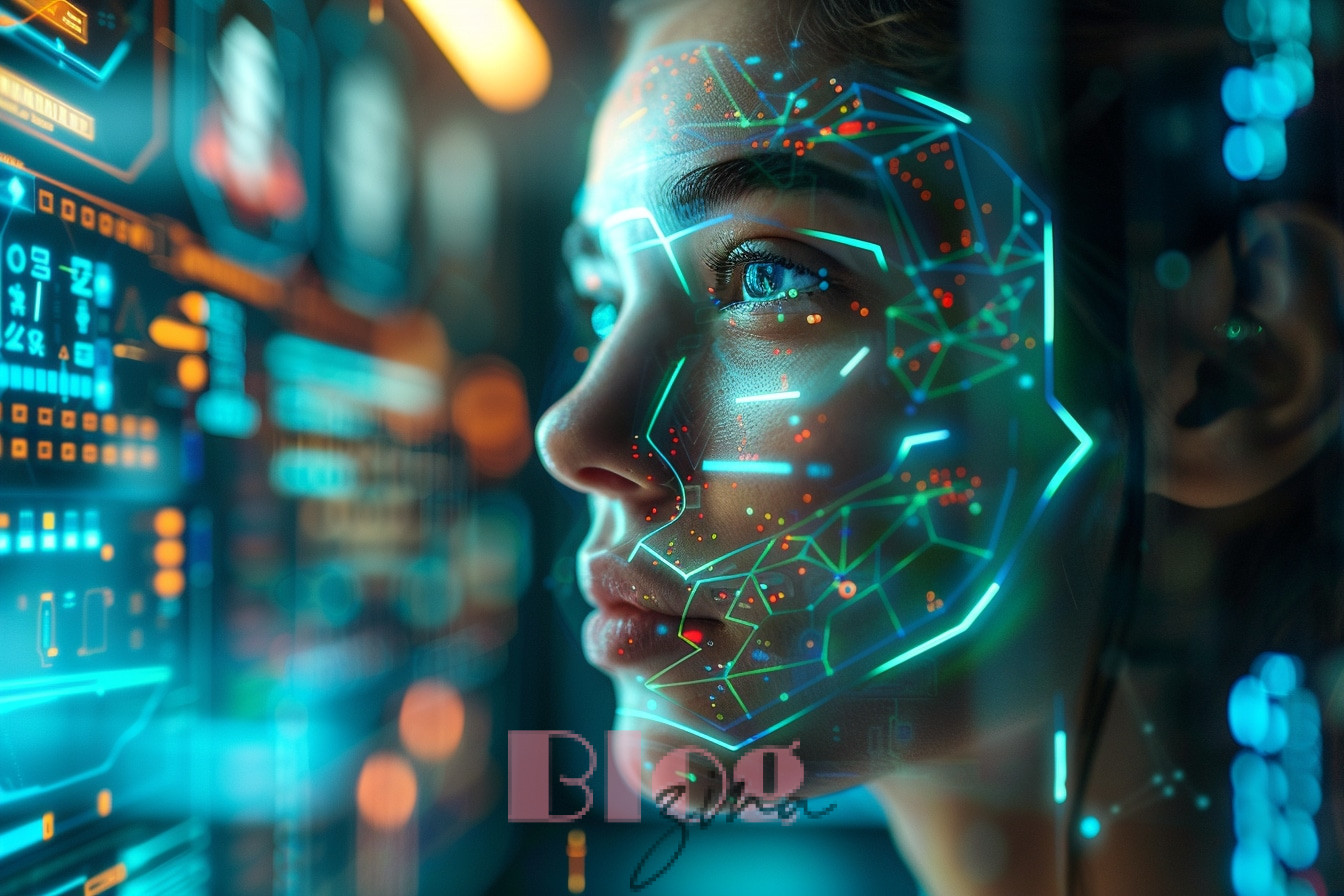
In recent years, the field of artificial intelligence (AI) has made significant advancements, particularly in the realm of image and video manipulation. One of the most intriguing developments in this area is the ability to swap faces in videos, a technology that has garnered widespread attention and sparked both excitement and concern.
Video face swapping, also known as deepfake technology, involves using AI algorithms to replace the face of one person in a video with the face of another. This process is achieved through the use of deep learning techniques, which analyze and manipulate large amounts of visual data to create realistic and seamless face swaps.
The implications of free AI video face swap are far-reaching, with potential applications in various industries such as entertainment, advertising, and even security. For example, in the entertainment industry, this technology could be used to seamlessly integrate actors into scenes where they were not originally present, opening up new creative possibilities for filmmakers. In advertising, it could enable more personalized and targeted content by allowing brands to feature different faces in their ads based on the viewer’s demographics. However, the same technology also raises ethical concerns, particularly regarding its potential misuse for malicious purposes such as spreading misinformation or creating non-consensual adult content.
Despite the ethical concerns, the development of video face swapping technology continues to progress rapidly. Companies and research institutions are investing heavily in advancing the capabilities of AI algorithms to create more convincing and sophisticated face swaps. As a result, the quality of deepfake videos has improved significantly, making it increasingly difficult to discern between real and manipulated content.
In response to the growing concerns surrounding deepfake technology, there have been efforts to develop tools and techniques to detect and counteract the spread of manipulated videos like MioCreate. Researchers are exploring methods to identify telltale signs of video manipulation, such as inconsistencies in facial expressions or unnatural movements. Additionally, there are ongoing discussions about implementing regulations and policies to address the ethical implications of deepfake technology.
While the potential for misuse of video face swapping technology is a legitimate concern, it is important to recognize its positive applications as well. Beyond its entertainment and advertising possibilities, video face swapping has the potential to revolutionize video communication and storytelling. For instance, it could be used to create more engaging and personalized video content, such as virtual avatars that mirror the facial expressions of the user in real time during video calls.
As with any emerging technology, the development and adoption of video face swapping will require careful consideration of its ethical, legal, and societal implications. It is essential for stakeholders across various industries to engage in conversations about responsible use and regulation of this technology to ensure that its potential benefits can be realized without causing harm.
In conclusion
Video face swapping powered by AI represents a significant technological advancement with both promising opportunities and potential risks. As this technology continues to evolve, it is crucial for researchers, policymakers, and industry stakeholders to collaborate in addressing the ethical and societal challenges associated with video face swapping. By doing so, we can harness the potential of this technology while mitigating its negative consequences, ultimately shaping a future where AI-powered video manipulation serves as a force for positive innovation.
